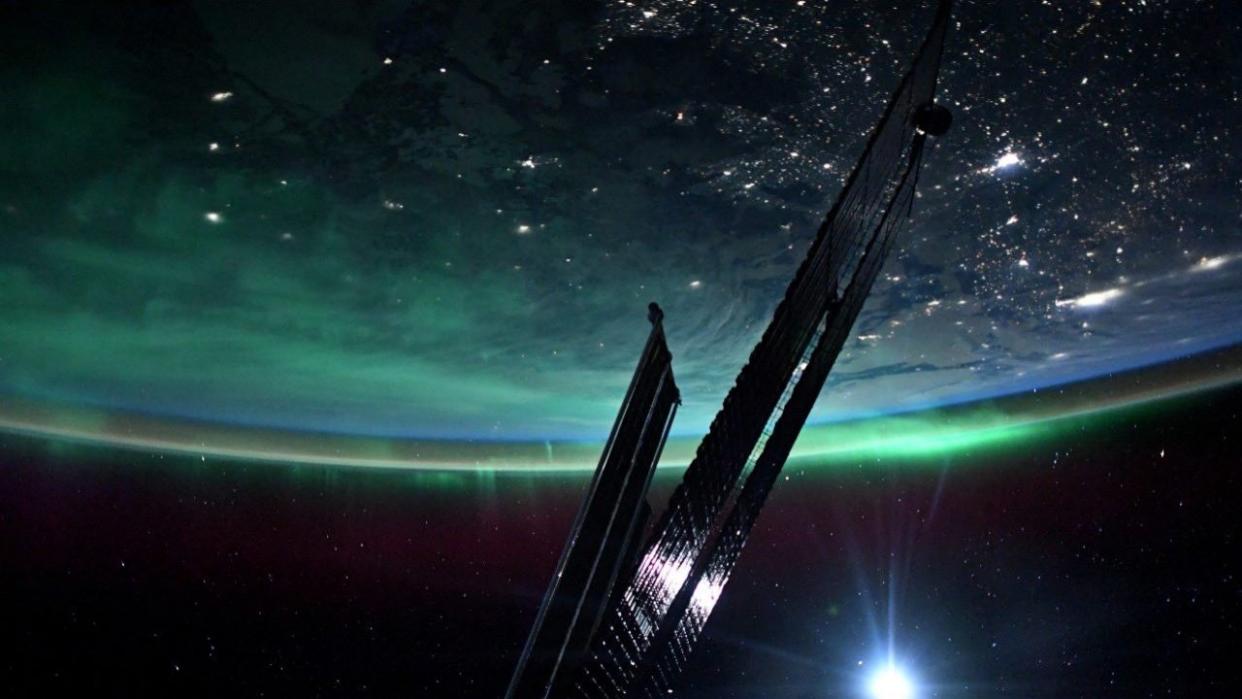NOAA issues rare geomagnetic storm watch, aurora in the South possible
Government officials issued a geomagnetic storm watch for the first time since 2005, as five earth-directed coronal mass ejections were detected on the sun.
The first of the solar flares is expected to begin hitting Earth's magnetic field on Friday. Activity could linger into Sunday as subsequent CMEs reach the planet. The National Oceanic and Atmospheric Administration's Space Weather Prediction Center said that aurora may be visible overnight Friday into Saturday as far south as Alabama.
The Space Weather Prediction Center is forecasting that nearly all of Canada and the U.S.-Canadian border will be able to view an aurora, pending clear skies.
Many northern U.S. states also will have a chance to see the aurora.
"Several strong flares have been observed over the past few days and were associated with a large and magnetically complex sunspot cluster (NOAA region 3664), which is 16 times the diameter of Earth. Additional solar activity is expected from the region," the Space Weather Prediction Center said.

Aurora Borealis 'Unreal,' NASA Astronaut Says (VIDEO)
The agency said that a severe geomagnetic storm can cause issues on the ground. Severe geomagnetic storms can cause electric grids to have "possible widespread voltage control problems, and some protective systems will mistakenly trip out key assets from the grid." The agency says spacecraft "may experience surface charging and tracking problems, corrections may be needed for orientation problems."
The storm may also cause disruptions to UHF/VHF communication frequencies and may temporarily interfere with GPS and other satellite communication.
NASA announced Friday the storm posed no threat to astronauts aboard the International Space Station. The orbiting station is still far enough within Earth's magnetic field to receive some protection from high-energy flares, and the space agency said this storm is not intense enough to warrant extra precautions for the crew.
On the ground, officials said they have notified the operators of large power systems that are at risk so they can take protective action. Experts at the Space Weather Prediction Center say the storm is not likely to otherwise affect people's day-to-day life.
The last time Earth weathered a geomagnetic storm of this intensity was in October of 2003. The storm caused power outages in Sweden and damaged power transformer infrastructure in South Africa.
